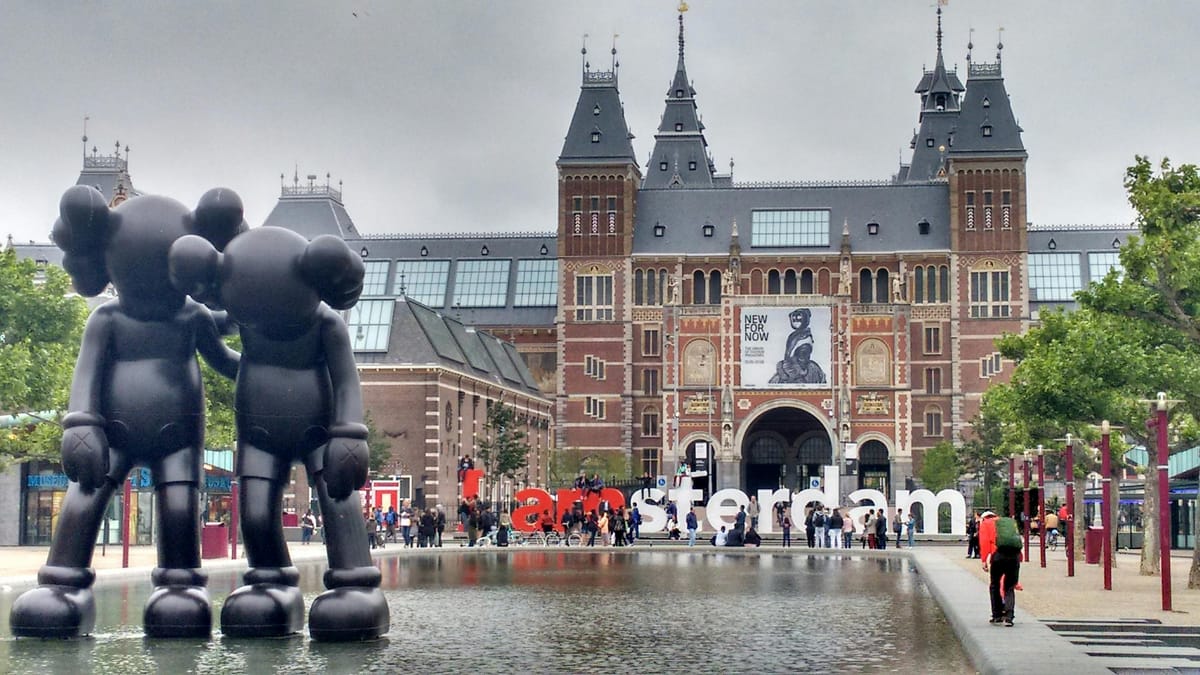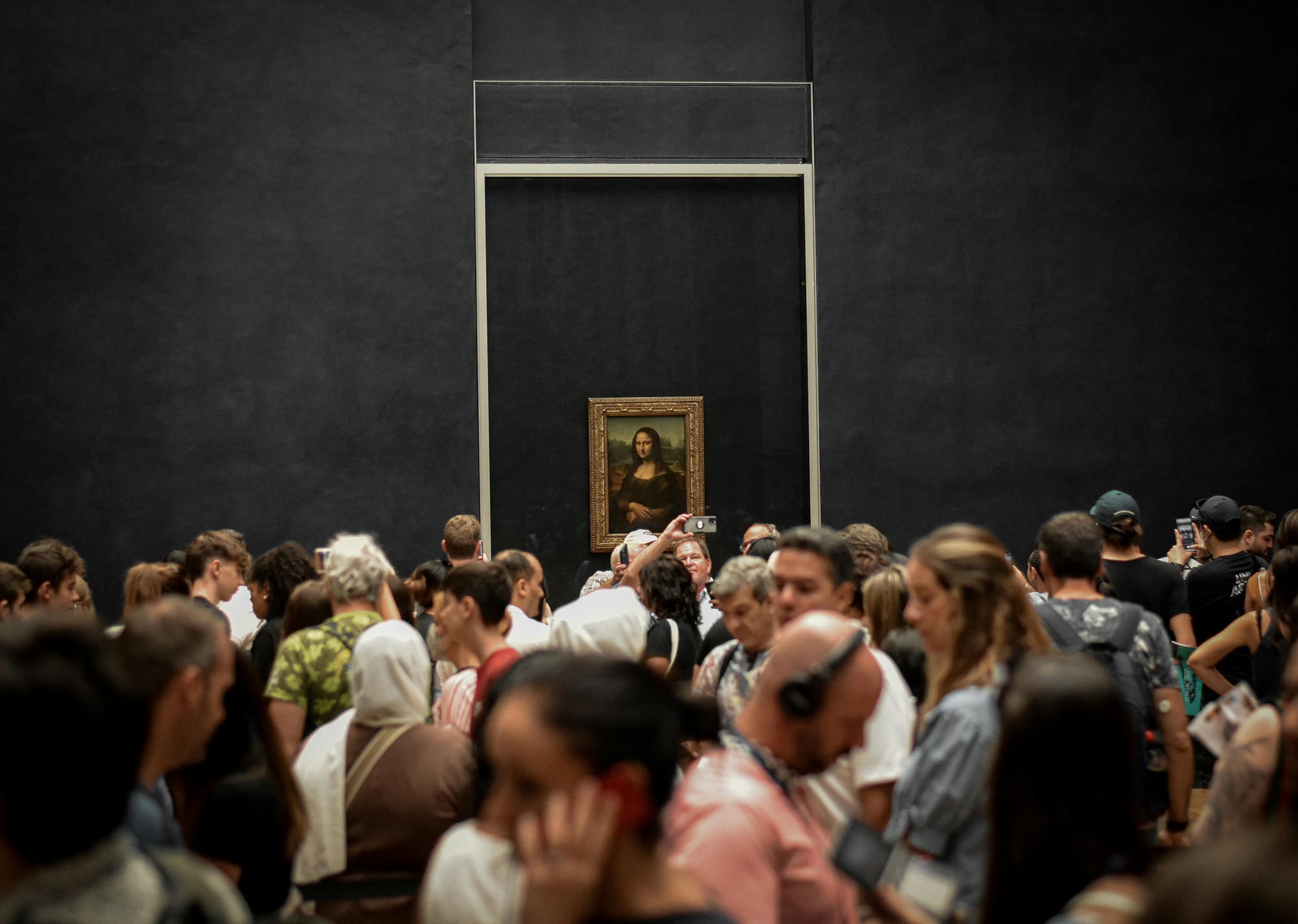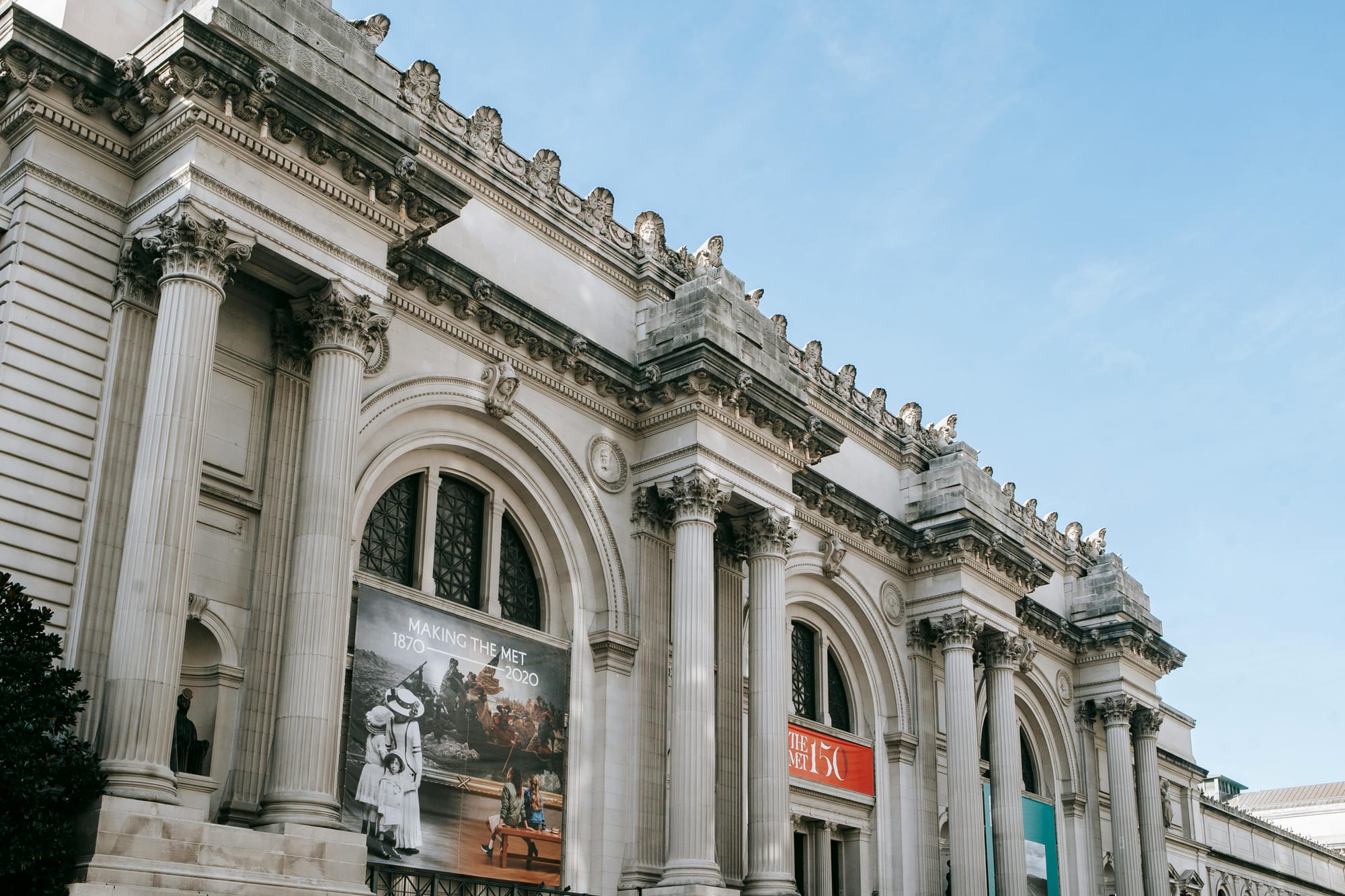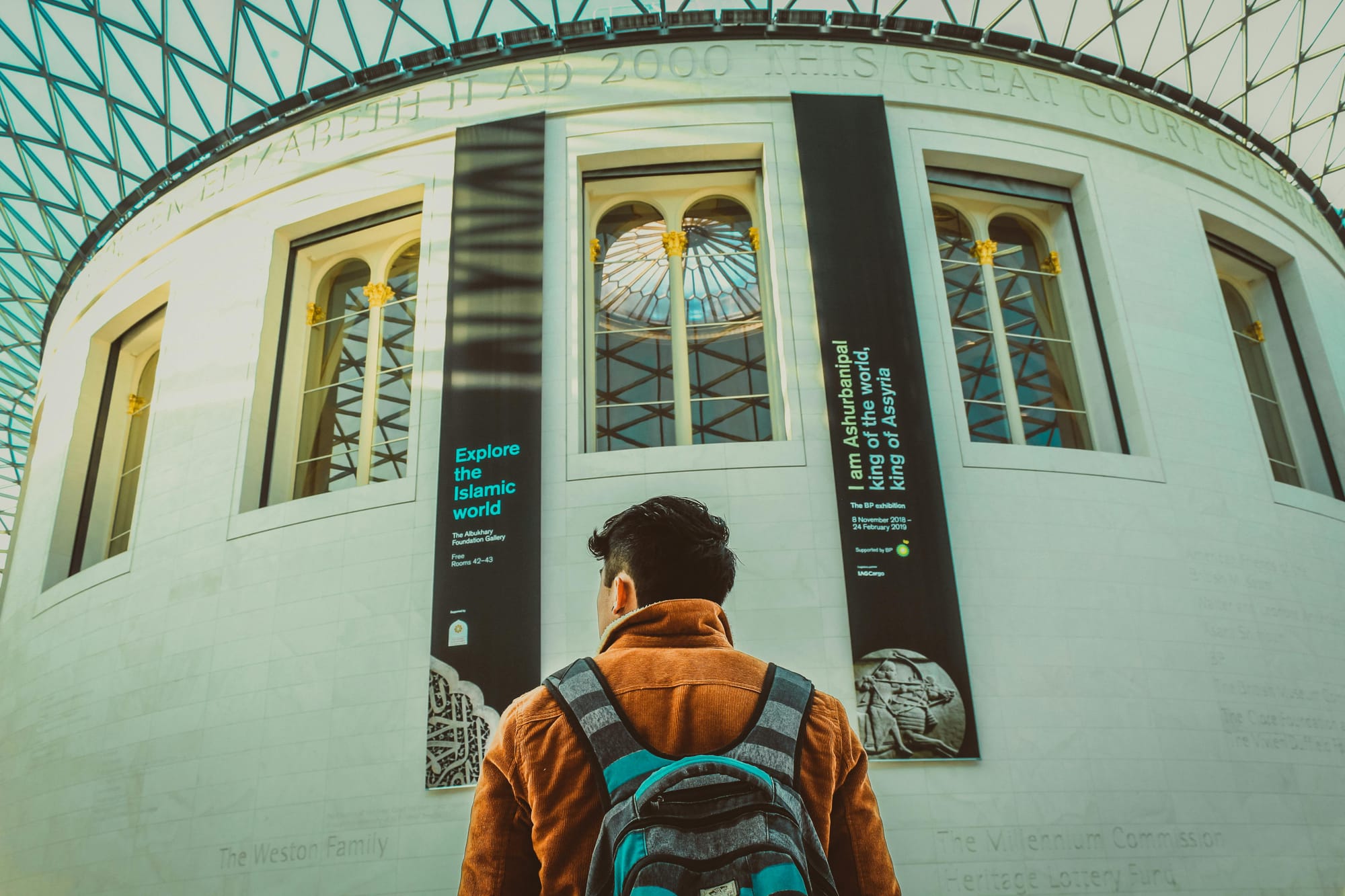Adapting for the Future: The Best and Worst Strategies for Museums

In the ever-evolving landscape of the 21st century, museums face unprecedented challenges. As institutions that preserve and showcase cultural heritage, they must navigate changing social dynamics, technological advancements, and shifting audience expectations. The COVID-19 pandemic has further accelerated the need for transformation, pushing museums to rethink their operations and engagement strategies. However, there is a right way and a wrong way to adapt, and the choices made today will determine the future of these cultural bastions.
Embracing Technology: The Right Way
The integration of technology is no longer optional but essential for museums aiming to stay relevant. Virtual reality (VR) and augmented reality (AR) offer immersive experiences that can bring exhibits to life in ways previously unimaginable. For example, the Louvre’s VR tour of the Mona Lisa, launched during the pandemic, allowed visitors to explore the masterpiece from the comfort of their homes, creating a new avenue for engagement and accessibility. The tour includes interactive elements, detailed insights into Leonardo da Vinci’s techniques, and contextual history, making it more than just a digital replica but a comprehensive educational tool.
Similarly, the Smithsonian Institution has been pioneering the use of AR through its “Skin and Bones” app, which brings skeletons in their National Museum of Natural History to life. Users can see how the animals looked and moved, adding a dynamic layer to their understanding of natural history.
Digital archives and online collections have also expanded access to museum resources, breaking down geographical barriers. The British Museum’s digital collection, which features over four million objects, is a prime example. They have implemented high-resolution imaging and detailed descriptions, allowing for in-depth research and virtual exploration. Their partnership with Google Arts & Culture further enhances this by offering virtual tours of the museum’s galleries, making their treasures accessible to anyone with an internet connection.
However, merely adopting technology is not enough. Museums must ensure that these digital experiences are not mere gimmicks but are thoughtfully integrated into their educational and cultural missions. The Getty Museum’s online platforms, for example, not only showcase their collections but also provide educational resources, workshops, and virtual lectures, thereby enhancing the visitor experience and providing deeper insights into the exhibits.

Engaging Diverse Audiences: The Right Way
Museums must strive to be inclusive, reflecting the diversity of the communities they serve. This involves not only diversifying their collections but also ensuring that programming and exhibitions are accessible and relevant to all demographics. The Smithsonian’s National Museum of African American History and Culture has set a benchmark in this regard. By focusing on the African American experience, it has filled a crucial gap in the national narrative. Their exhibitions, such as “A Changing America: 1968 and Beyond,” highlight the ongoing struggles and achievements of African Americans, making history tangible and relevant to contemporary social issues.
Outreach programs and partnerships with local communities can also help museums become more inclusive. The Brooklyn Museum’s “Community Engagement Program” exemplifies this approach. They have developed partnerships with local schools, community centers, and cultural organizations to co-create exhibitions and programs. Their “Brooklyn Abolitionists/In Pursuit of Freedom” exhibition was a collaborative effort with local historians and community members, ensuring that the stories told were authentic and resonant with the local population.
The Minneapolis Institute of Art (MIA) has also made significant strides in inclusivity by diversifying its leadership and staff. Their “Art & Healing” initiative, which explores the role of art in mental health and community healing, involves community input and collaboration with local health organizations. This initiative demonstrates how museums can address contemporary issues while staying true to their mission of education and cultural preservation.

Missteps to Avoid: The Wrong Way
While the need for adaptation is clear, there are pitfalls that museums must avoid. One common misstep is the commercialization of the museum experience. Over-reliance on blockbuster exhibitions and gift shop revenue can undermine the institution’s cultural and educational mission. For instance, the controversy surrounding the New York Metropolitan Museum of Art’s exhibition “Heavenly Bodies: Fashion and the Catholic Imagination” highlighted this issue. Critics argued that the exhibition, sponsored by luxury fashion brands, prioritized spectacle over substance, compromising the museum’s integrity.
Another mistake is ignoring the core audience. In the rush to attract new visitors, some museums neglect their loyal patrons. The Museum of Modern Art (MoMA) in New York faced backlash from long-time members when it underwent a major renovation in 2019. While the expansion aimed to attract a broader audience, many felt that the museum had lost its focus on modern art in favor of more crowd-pleasing contemporary works. Balancing innovation with tradition is crucial; museums must cater to both long-time supporters and new audiences without alienating either group.
Additionally, tokenistic attempts at inclusivity can backfire. The Tate Modern in London faced criticism for its “Soul of a Nation: Art in the Age of Black Power” exhibition. While the exhibition was a critical success, some argued that it was a one-off gesture rather than part of a sustained effort to diversify the museum’s programming and collections. True inclusivity requires long-term commitment and systemic change, not just temporary initiatives.
Future Trends in Museum Adaptation
Looking ahead, several emerging trends are poised to shape the future of museums:
- Artificial Intelligence (AI): AI can revolutionize museum operations, from personalized visitor experiences to advanced data analytics. The Rijksmuseum in Amsterdam has started using AI to analyze visitor patterns and enhance exhibit layouts for better engagement.
- Sustainability Efforts: Museums are increasingly adopting sustainable practices. The California Academy of Sciences in San Francisco is a leader in this area, with its green building design and commitment to reducing its carbon footprint.
- Interactive Exhibits: Interactive and participatory exhibits are becoming more popular. The Cooper Hewitt, Smithsonian Design Museum’s “Immersion Room,” where visitors can design their own wallpapers using digital tools, is a prime example of this trend.

Personal Connection: A Writer’s Perspective
From the perspective of a writer for an art magazine, recent explorations into the transformation of museums reveal significant insights. One standout experience involved visiting the revamped digital archives at the British Museum. Navigating through the high-resolution images and detailed descriptions highlighted the immense potential of technology in democratizing access to cultural heritage. The convenience and accessibility of these digital resources allowed for a deep dive into the history and significance of artifacts from the comfort of home.
Another notable assignment included participating in a virtual tour of the Louvre’s Mona Lisa. The interactive elements and guided insights provided a richer understanding of Leonardo da Vinci’s masterpiece than a typical in-person visit might have offered. These experiences underscore the importance of integrating technology in meaningful ways that enhance, rather than replace, the traditional museum experience.
Conversations with museum professionals further emphasize the critical role of community engagement. At the Brooklyn Museum, a curator involved in the “Brooklyn Abolitionists/In Pursuit of Freedom” exhibition shared their passion and dedication to authentically representing local history. This collaboration between the museum and the community not only enriched the exhibition but also fostered a sense of ownership and pride among local residents.
Call to Action
Readers can play a crucial role in supporting museums through this period of transformation. Here are some ways to get involved:
- Visit Virtually: Take advantage of virtual tours and online collections. Participation helps museums understand what works and what needs improvement.
- Support Financially: Donations, memberships, and even small purchases from museum gift shops can make a significant difference.
- Volunteer and Participate: Engage with local museum programs, volunteer time, or participate in community outreach initiatives.
- Advocate for Inclusivity: Encourage museums to adopt inclusive practices by supporting exhibitions and programs that reflect diverse narratives.
Museums stand at a crossroads, where the choices made today will define their relevance and impact for generations to come. By thoughtfully integrating technology, genuinely engaging diverse audiences, and steering clear of over-commercialization, museums can remain vital cultural institutions. These steps ensure that they not only preserve our heritage but also inspire and educate future generations.
As the world changes, so too must the institutions that document and celebrate our collective history. Museums that navigate this transformation with care and creativity will not only survive but thrive, continuing to enlighten and educate for years to come. By supporting these efforts, the public can help shape a future where museums are more inclusive, accessible, and innovative than ever before.
ART Walkway News





